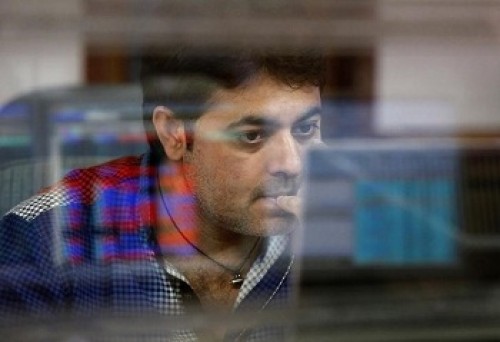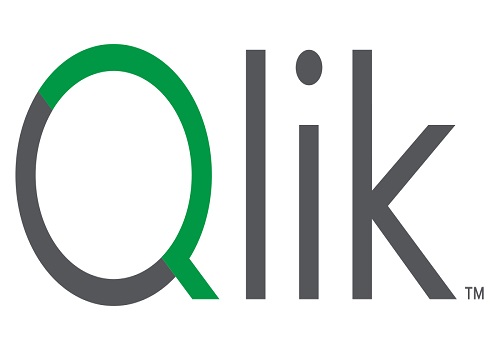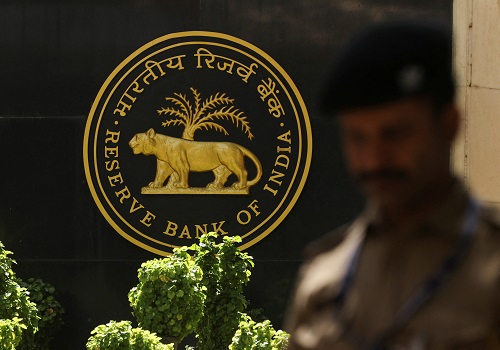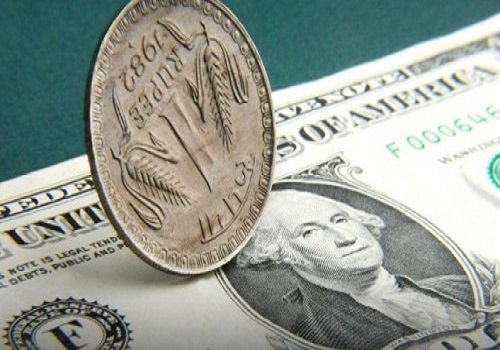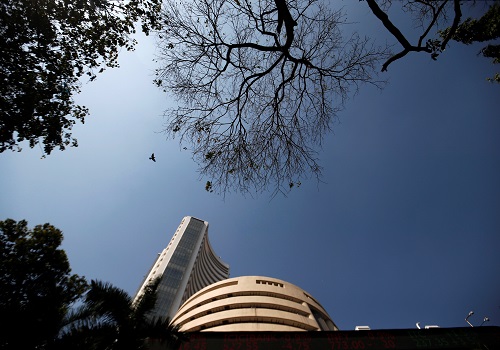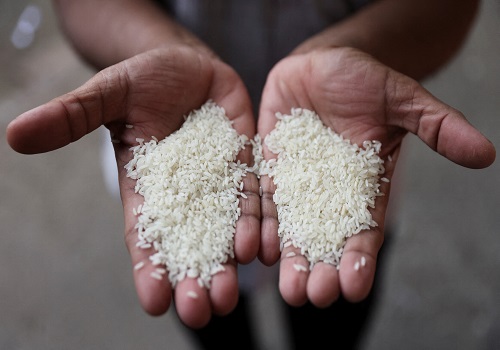Gold Outlook for 2022 By Chirag Mehta, Quantum Mutual Fund

Follow us Now on Telegram ! Get daily 10 - 12 important updates on Business, Finance and Investment. Join our Telegram Channel
Below is the Gold Outlook for 2022 By Mr. Chirag Mehta, Sr. Fund Manager-Alternative Investments, Quantum Mutual Fund
Gold shined in 2020 as a result of risk aversion due to the Covid-19 pandemic as well as the coordinated easing of monetary policies and softening of global interest rates. In the first half of 2021, gold consolidated from 2020 highs as successful vaccines and global economic recovery improved investor sentiment but got back in favour in the second half due to the firming of inflation and repeated Covid outbreaks.
As the world learns to live with Covid-19, gold prices in 2022 will be influenced by how inflation shapes up and central banks’ reaction to it. The persistence of higher inflation could boost the demand for the yellow metal, but it also increases the odds of a more hawkish Fed, hurting prices.
Moving into 2022, US consumer inflation has hit a near 40-year high and the Federal Reserve finally dropped the word “transitory” from its inflation view as it remains terribly behind the curve. This set the stage for a hawkish pivot by the US central bank. The Fed has announced doubling the pace of tapering to $30 billion a month which increased the chances of it raising rates a few months earlier than planned, which is negative for non-yielding gold. Other central banks aren’t far behind. The Bank of England has raised its interest rate for the first time in three and half years and the European Central Bank too has announced the end of its bond-buying program by March.
Globally, financial conditions have always been sensitive to what the Fed does. And the pandemic has increased that sensitivity. So, the question is how hard can the Fed press the QE brakes without large costs to employment, growth, and financial markets? Especially with the background of the Omicron variant threatening growth, and record debt levels.
Debt levels in the US as well as globally have surged to historic highs since 2020 rising to $226 trillion or 256% of global GDP as borrowers - corporates, households as well as the government took advantage of lower rates and stimulus measures put in place to support the pandemic-stricken economy. If borrowing costs rise from currently low levels, it could create financial stability concerns especially if the economy slows in response to tighter monetary policy. Also, the malinvestments thriving under abundant cheap liquidity may go belly up under pressure from tighter liquidity and rising costs, casting a shadow over rising risk appetite and stable growth.
To Read Complete Report & Disclaimer Click Here
Above views are of the author and not of the website kindly read disclaimer






